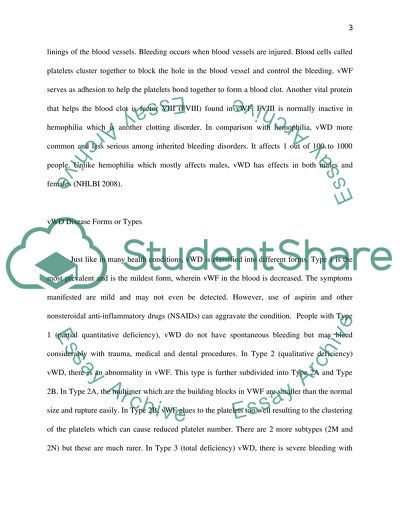Cite this document
(“Quality of life for Women with bleeding disorders Essay”, n.d.)
Retrieved from https://studentshare.org/environmental-studies/1423094-quality-of-life-for-women-with-bleeding-disorders
Retrieved from https://studentshare.org/environmental-studies/1423094-quality-of-life-for-women-with-bleeding-disorders
(Quality of Life for Women With Bleeding Disorders Essay)
https://studentshare.org/environmental-studies/1423094-quality-of-life-for-women-with-bleeding-disorders.
https://studentshare.org/environmental-studies/1423094-quality-of-life-for-women-with-bleeding-disorders.
“Quality of Life for Women With Bleeding Disorders Essay”, n.d. https://studentshare.org/environmental-studies/1423094-quality-of-life-for-women-with-bleeding-disorders.


